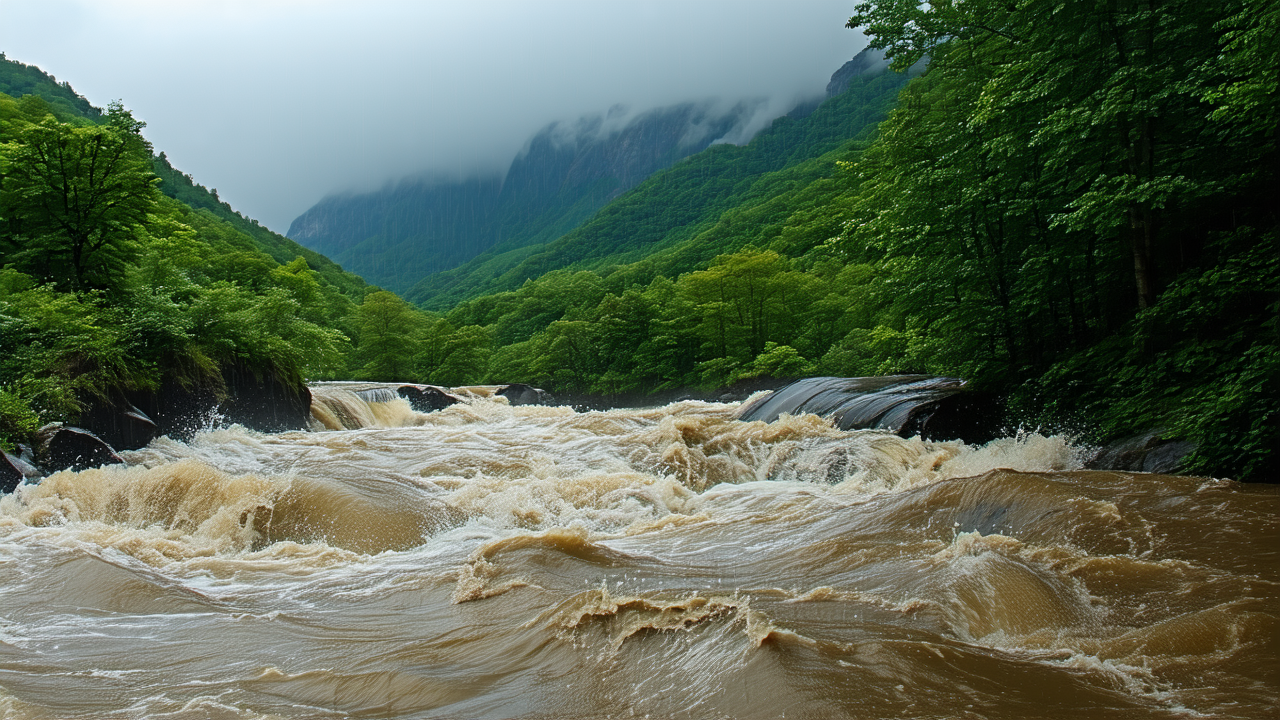Understanding Flash Floods: Causes, Risks, and Preparedness in New Zealand
Understanding Flash Floods: Causes, Risks, and Preparedness in New Zealand
Flash floods are among the most dangerous and unpredictable natural disasters, capable of causing widespread destruction in a matter of minutes. Recent events in Texas have highlighted the devastating power of these sudden floods, leaving hundreds dead and missing. But what exactly are flash floods, and how do they affect New Zealand?
Flash floods occur when a large amount of rain falls in a short period, overwhelming the natural and man-made drainage systems. Unlike regular flooding, which builds up over days, flash floods can strike with little to no warning, making them particularly deadly. In Texas, the Guadalupe River rose over 26 feet in just minutes, catching many residents off guard.
Experts like hydrologist Shailesh Singh from Earth Sciences New Zealand (formerly NIWA) explain that the key difference between flash floods and regular flooding is the speed of onset. While regular floods may give communities days to prepare, flash floods can develop within minutes, leaving little time to react.
Does New Zealand Experience Flash Floods?
While the recent flooding in the Tasman District was catastrophic, it was not classified as a flash flood, as it was forecasted days in advance. However, isolated incidents of flash flooding can still occur, especially in steep hill country or areas with poor drainage.
Ngātīmoti resident Shiloh Hobi described how a small creek on his property turned into a raging flood of water, silt, and logs in a matter of hours. “It’s so wild when a flood like this comes and so many logs together—it’s absolutely unpredictable,” he said.
Historically, New Zealand has seen its share of flash floods. The 1938 Kōpuawhara flood, for example, killed 21 people. While such events are rare, they serve as a reminder of the potential risks.
How Are Flash Floods Predicted?
Predicting flash floods is challenging due to their sudden nature. Meteorologists like John Law from MetService emphasize the importance of understanding rainfall patterns. Severe Weather Warnings are issued to highlight areas likely to be affected, and hydrologists use this data to model river and stream responses.
However, small-scale thunderstorms can produce intense rainfall in a very short time, leading to localized flooding. These events are difficult to forecast, as they can develop quickly and in specific areas.
What Can People Do to Prepare?
Preparedness is key when it comes to flash floods. The National Emergency Management Agency (NEMA) advises people to pay close attention to weather warnings and evacuate to higher ground immediately if they encounter rising waters. “Don’t wait for an official warning,” says NEMA communications manager Anthony Frith. “Get the flood out.”
In addition to following official advice, property owners can take steps to reduce the risk of flooding. Maintaining vegetation cover and reducing soil erosion on hill slopes can help minimize runoff. It’s also important to avoid driving through floodwaters, as even a small amount of water can be deadly.
Are Emergency Services and Weather Agencies Doing Enough?
While emergency services and weather agencies work to provide timely warnings, flash floods can still catch communities off guard. In Texas, questions have been raised about the effectiveness of emergency alerts and the response time of rescue teams.
In New Zealand, the emergency mobile alert system can be activated during extreme weather. During the recent flooding in the Nelson region, alerts were issued, helping to save lives. However, experts like Rajanayaka from NIWA stress that better warning systems, smarter land use, and improved drainage can help reduce the risk of future flash floods.
As climate change continues to impact weather patterns, the frequency and intensity of extreme weather events may increase. Understanding the risks and being prepared is more important than ever.
